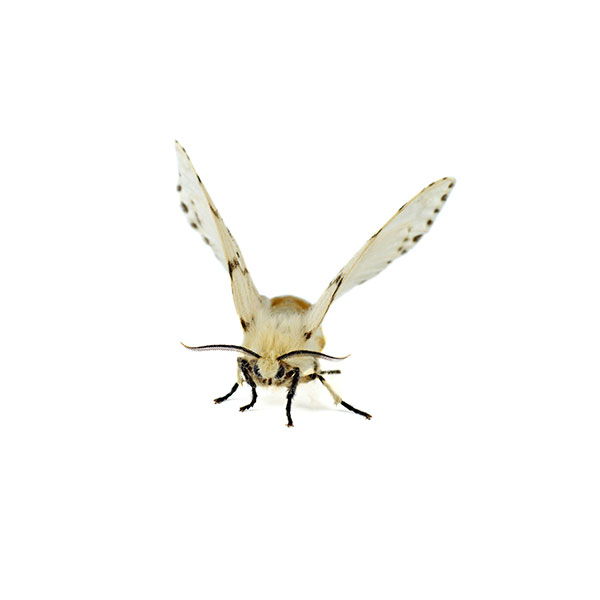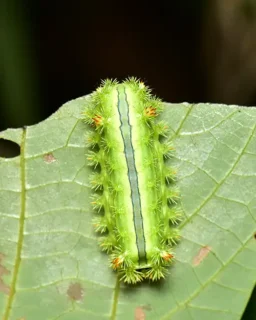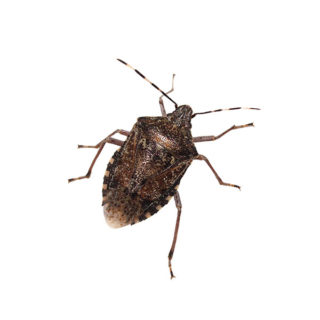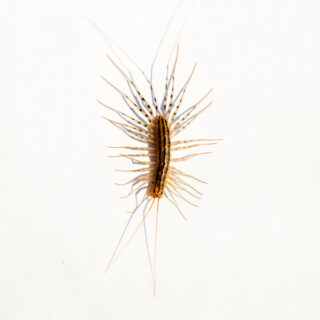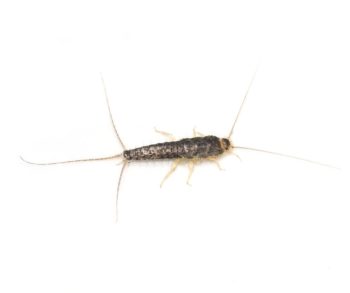Webworms in Kailua Kona
Webworms are the larvae of moths belonging to the family Crambidae. There are several species of webworms, but they share common traits in their larval stage. These caterpillars are generally small and hairy, with various colorations ranging from green to brown, depending on the species. One distinguishing feature is their tendency to construct silk webs around the foliage of host plants, creating a protective environment for feeding and pupation. While these webs don’t cause lasting damage to host trees, they can be unsightly or frightening to come across.
Webworm Habitat
Webworms are commonly found in a variety of habitats, including gardens, orchards, and natural landscapes. They infest a wide range of plants, including trees, shrubs, and herbaceous plants. The silk webs serve as protective shelters where the larvae feed on leaves and plant tissues. The construction of these webs allows webworms to create a localized microenvironment that protects them from predators and environmental conditions.
Webworm Behaviors, Threats, or Dangers
Webworms are considered pests due to their feeding habits, which can cause defoliation and damage to host plants. The caterpillars feed on leaves and other plant tissues within the protective silk webs, often leading to unsightly patches of brown and damaged foliage. While the damage inflicted by webworms is generally more cosmetic than life-threatening to established trees and shrubs, severe infestations can weaken plants and make them more susceptible to other stressors. Contact your local exterminator for help with webworms.
Need help with Webworm control?
Need Pest Control Service?
Leave your information below and we’ll be in touch with a FREE quote!
"*" indicates required fields
*During normal business hours. After hours calls will be returned the next business day.

